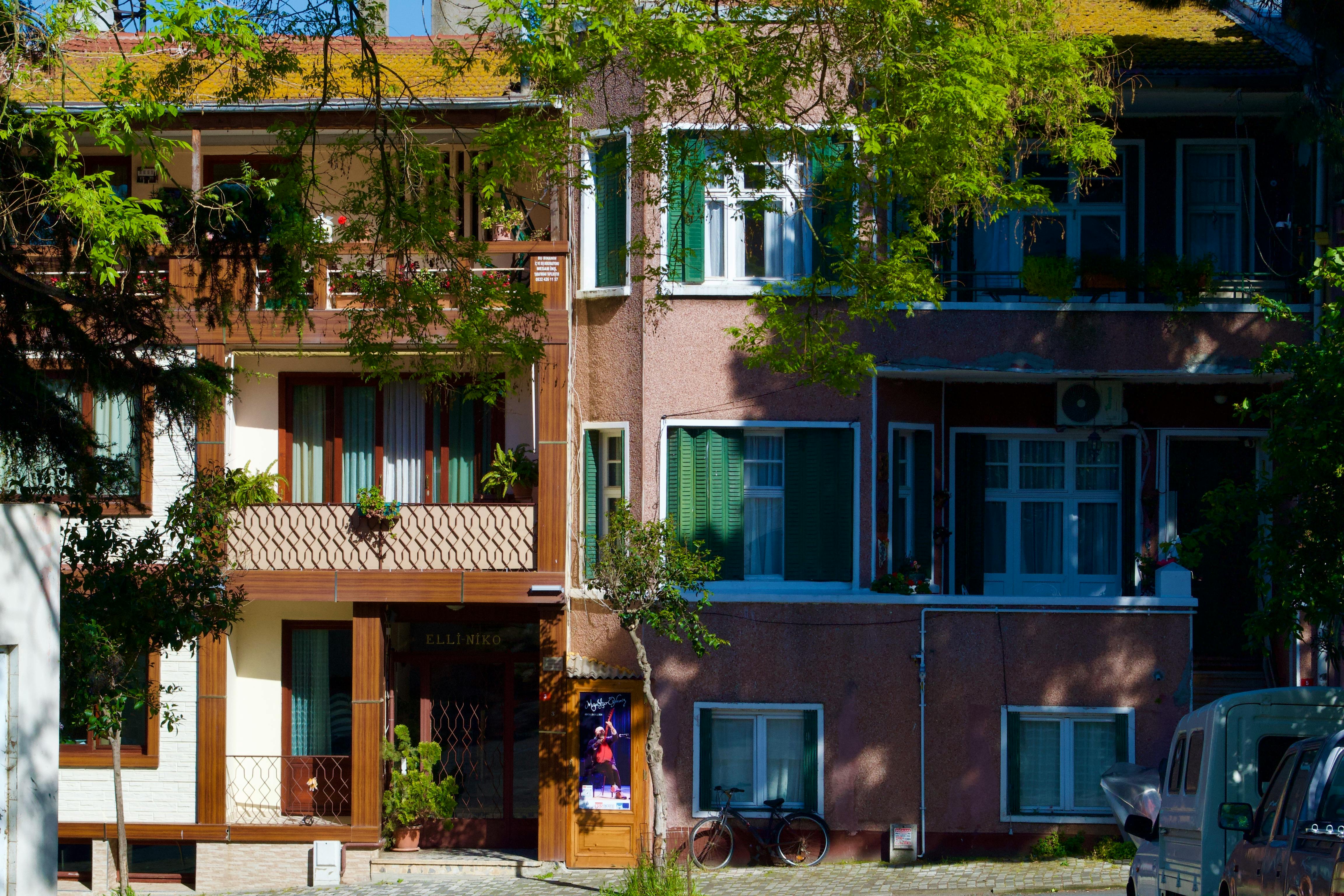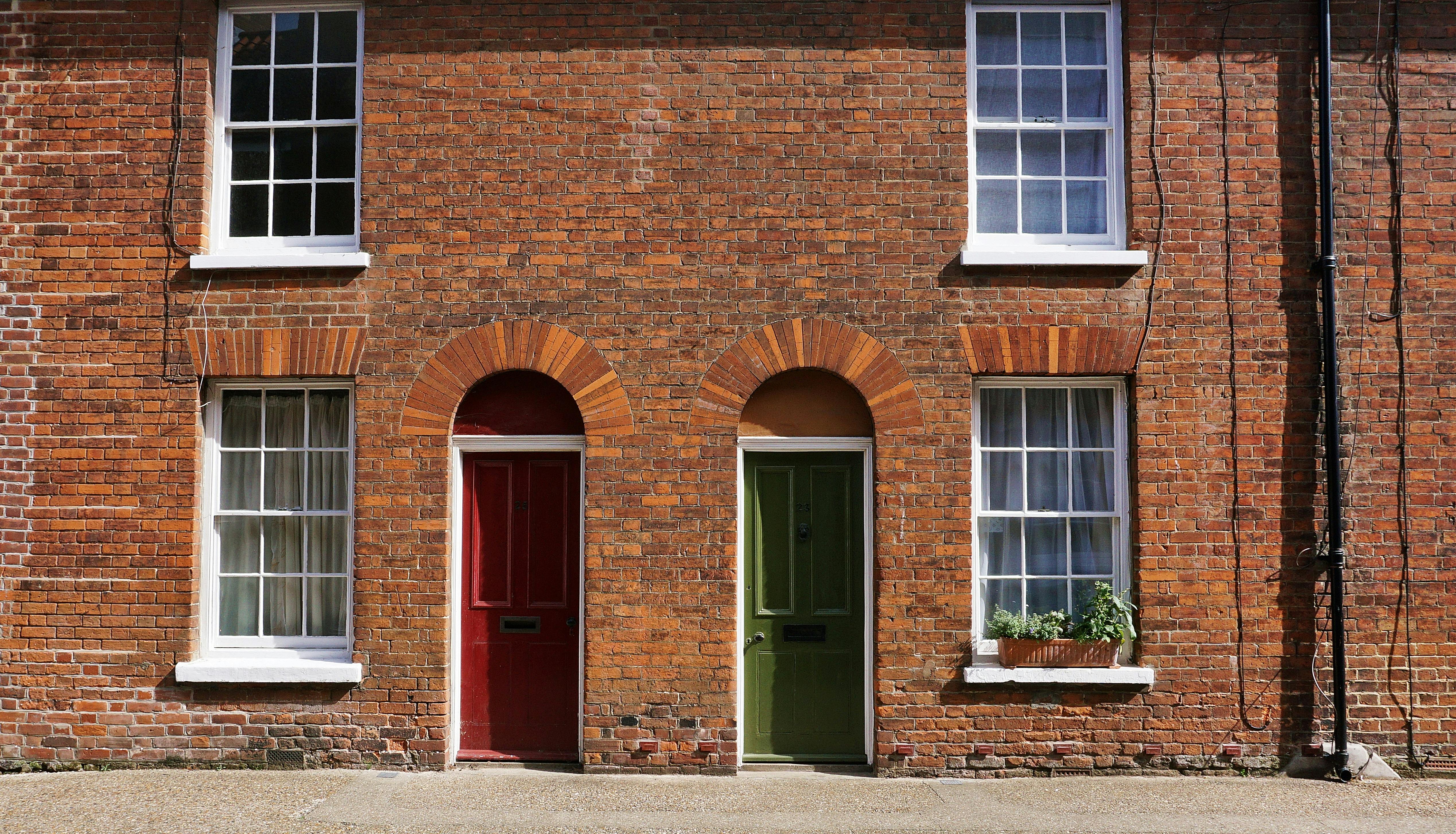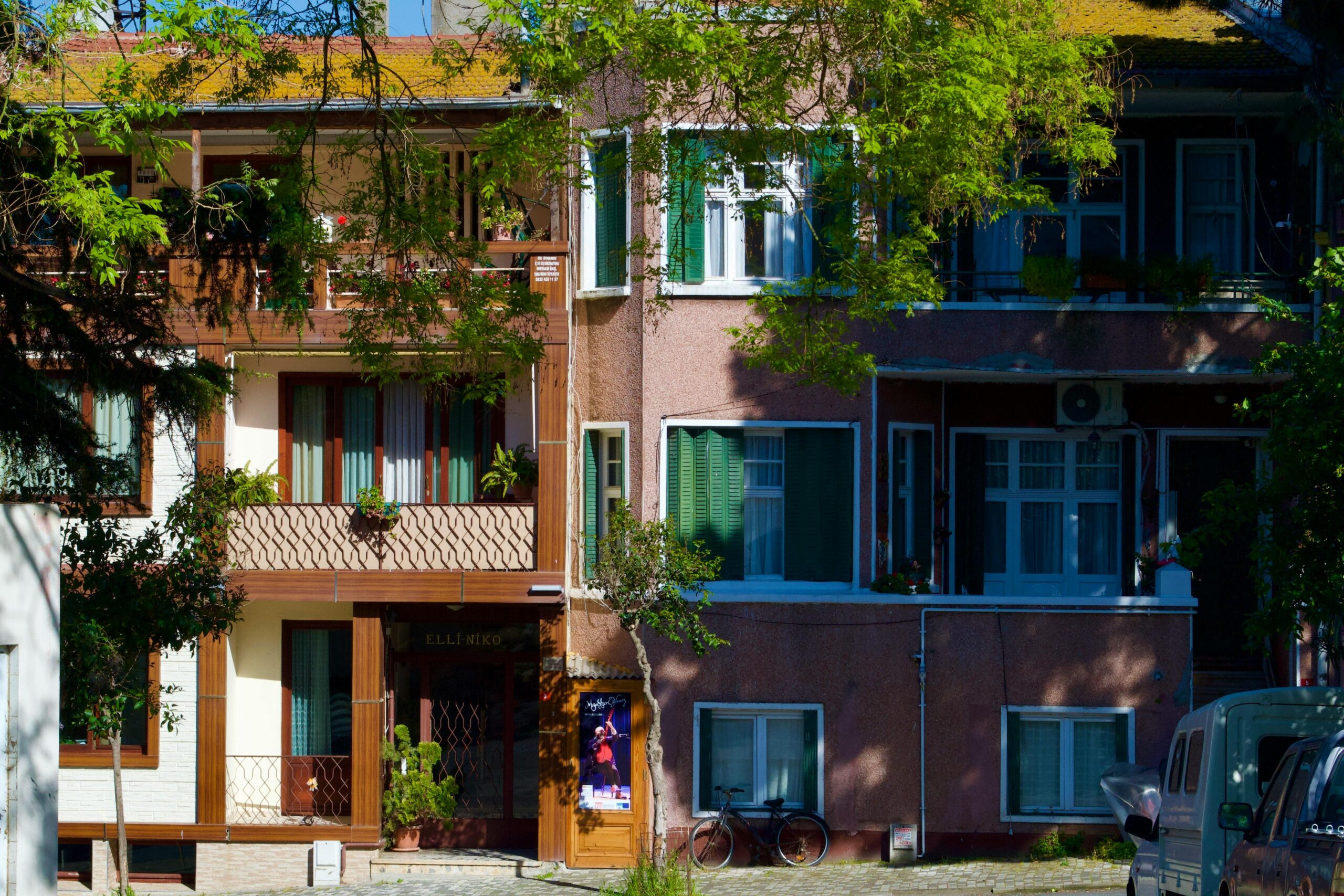Exterior Doors for Homes: A Comprehensive Guide
Choosing the right exterior doors for homes can dramatically enhance curb appeal, energy efficiency, and security. In today’s market, the variety of styles, materials, and technologies can be overwhelming. This guide will walk you through the essentials—from foundational concepts to advanced applications—so you can make confident and informed decisions for your home.

Understanding the Fundamentals
Exterior doors for homes are not just entry points; they are architectural statements that contribute to a property’s value and protection. Historically, doors were made primarily of wood, but modern innovations have expanded options to include steel, fiberglass, and composite materials.
Understanding these fundamentals helps homeowners make decisions based on climate, budget, and lifestyle. Think of doors like the handshake of your home—first impressions matter, and function must meet form.
1.1 Types of Exterior Doors
Common types of exterior doors include entry doors, patio doors, sliding glass doors, and French doors. Entry doors are the most customizable and often the most fortified. Sliding and French doors offer elegance and openness, especially in backyards or patios.
For example, fiberglass entry doors have surged in popularity due to their durability and insulation. According to a 2024 HomeAdvisor report, fiberglass doors now account for over 40% of residential exterior door installations.
1.2 Materials Matter
Exterior doors come in wood, steel, fiberglass, aluminum, and composite materials. Each has its benefits: wood offers classic beauty, steel provides superior security, and fiberglass excels in energy efficiency.
For instance, wood doors might warp in humid climates, whereas fiberglass remains stable. Choosing the right material ensures longevity and reduced maintenance.
Practical Implementation Guide
Once you understand the basics, it’s time to take action. Implementing the right exterior doors for homes involves careful planning, selection, and professional installation to guarantee performance and aesthetics.

2.1 Actionable Steps
- Assess Your Needs: Consider insulation, weather resistance, and security. Take measurements and assess surrounding architecture.
- Choose the Right Material: Match material to climate and maintenance ability. Fiberglass is ideal for humid areas, while steel works best for security-focused installations.
- Plan Installation: Work with licensed contractors, set timelines, and secure permits if required. Installations typically take 1–2 days.
2.2 Overcoming Challenges
Common challenges include improper measurements, moisture infiltration, and door frame misalignment. These can lead to costly repairs if not addressed early.
To avoid issues:
- Double-check all measurements before ordering.
- Use weatherproof materials for sealing and flashing.
- Inspect installation zones for existing rot or damage.
Expert tip: Always choose ENERGY STAR-rated doors to ensure optimal performance and potential tax benefits.
Advanced Applications
For homeowners ready to go beyond the basics, advanced applications in exterior doors for homes can deliver superior security, automation, and architectural appeal. These innovations are perfect for high-value properties or tech-savvy households.

3.1 Smart Lock Integration
Smart locks allow keyless entry, remote monitoring, and integration with home automation systems. Case studies show that homes equipped with smart exterior doors experience a 20% increase in perceived value and convenience.
3.2 Custom-Built Doors
For luxury homes, custom-built doors can include artistic elements, glass inlays, and proprietary locking mechanisms. These doors often integrate with advanced security systems and require specialized installation expertise.
Future Outlook
The exterior door industry is evolving rapidly. Future trends include biometric entry systems, solar-powered doorbells, and self-healing materials for minor scratches and dents.
According to market projections, smart exterior doors will dominate 60% of new home builds by 2030. Homeowners should stay informed about technology integration, sustainability certifications, and building codes.
Conclusion
In summary, choosing exterior doors for homes involves understanding materials, planning installation, and exploring advanced features. Smart locks, custom designs, and eco-efficiency all play critical roles.
Now that you’re equipped with the knowledge, take the next step: assess your home’s needs and start planning your upgrade. The right exterior door not only elevates your home’s appearance but also its value and safety.
Frequently Asked Questions
- Q: What is the most common type of exterior door? Entry doors made of fiberglass or steel are the most common due to durability and insulation.
- Q: How do I choose the right exterior door for my home? Start by assessing your climate, security needs, and design preferences, then choose a material that aligns with those factors.
- Q: How long does it take to install an exterior door? Most installations take between 4–8 hours, depending on the complexity and whether framing adjustments are needed.
- Q: How much does a new exterior door cost? Costs range from $300 for basic steel doors to over $5,000 for custom designs. Labor can add $200–$600.
- Q: Should I choose fiberglass or wood for my front door? Fiberglass is better for insulation and weather resistance, while wood offers natural aesthetics but requires more maintenance.
- Q: Are smart exterior doors hard to install? They may require professional help, especially for wiring and integration, but modern systems simplify setup with mobile apps.
- Q: What are some door options for coastal homes? Choose fiberglass or composite doors with stainless steel components to resist salt air and humidity.
